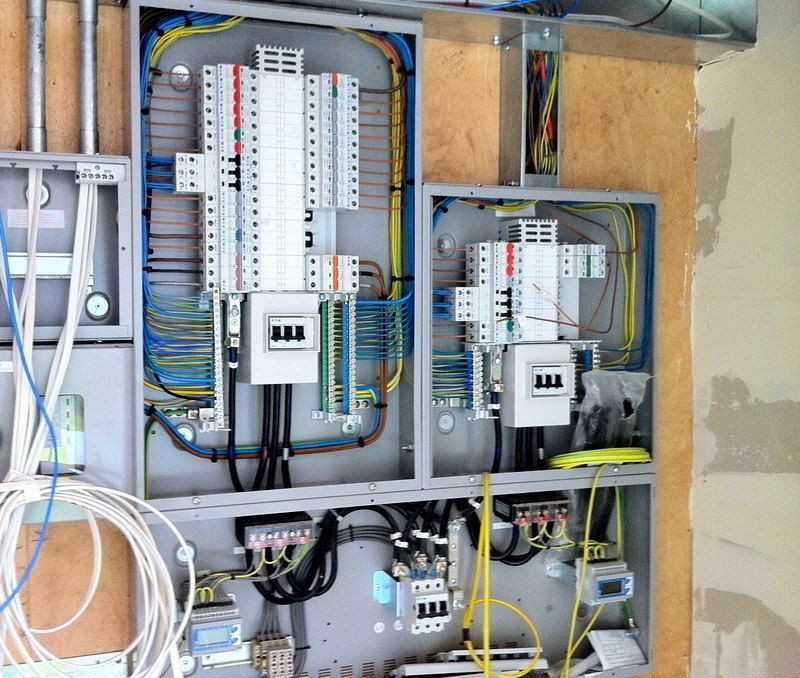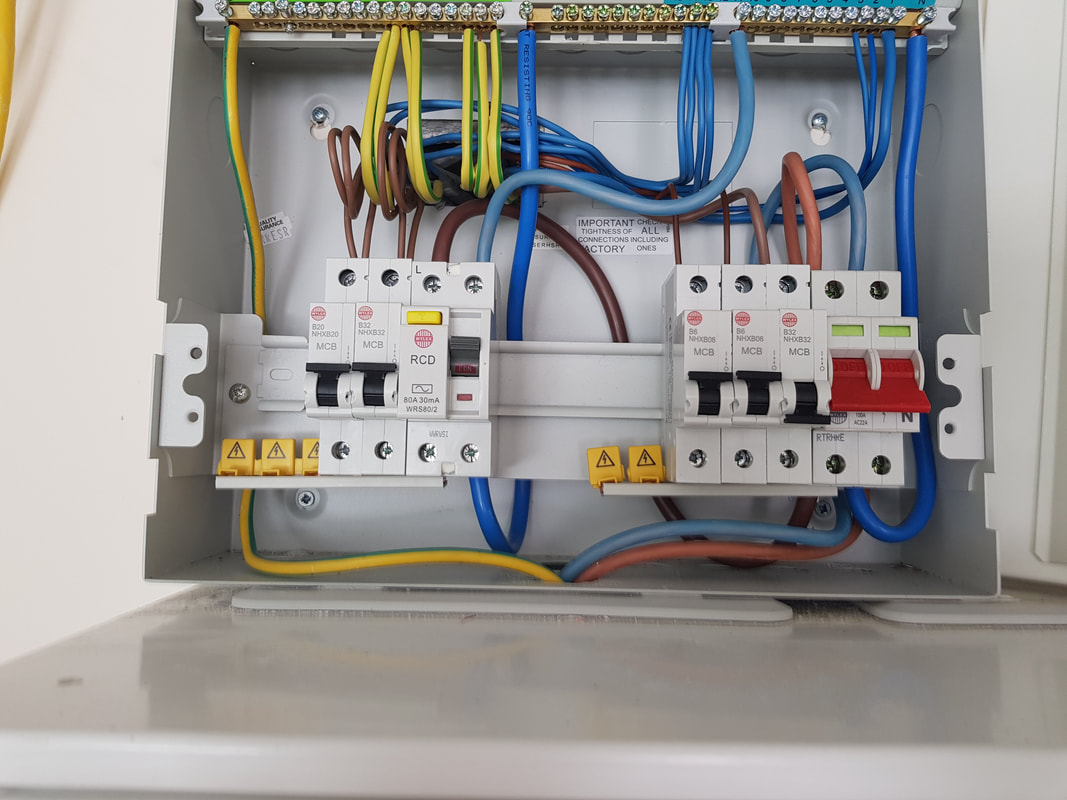Tailored BRE Electrical Solutions for Residences and Companies
Tailored BRE Electrical Solutions for Residences and Companies
Blog Article
The Ultimate Overview to Electrical Setup: Tips and Strategies for a Safe and Efficient Home Circuitry System
In the realm of home upkeep, few aspects are as critical yet typically overlooked as the electric circuitry system. Guaranteeing a risk-free and reliable home circuitry configuration requires not just a standard understanding of electric concepts however likewise useful understanding of installment strategies and upkeep methods. From navigating the intricacies of cord links to troubleshooting common problems that might arise, this guide intends to gear up house owners with the vital pointers and tools required for a secure and energy-efficient electrical system. By exploring the subtleties of electric precaution and energy-saving methods, this detailed guide will certainly clarify the details of home electrical wiring, encouraging people to organize their home's electrical framework.
Comprehending Electric Safety And Security Actions
To ensure the safety and security of both individuals and residential or commercial property, understanding and carrying out proper electric security measures is paramount in any type of home circuitry job. It is vital to carry out a thorough evaluation of the electrical system before starting any type of electrical wiring project to identify prospective threats or concerns that need to be resolved.
Moreover, making use of the suitable tools and devices is essential for keeping security throughout electric setups. Shielded handwear covers, voltage testers, and protective eyeglasses are a few of the standard safety equipment that must be put on to avoid electric shocks or accidents. It is also vital to de-energize circuits before servicing them and to label all circuits and breakers plainly to avoid complication.

Important Devices for Home Electrical Wiring
Ensuring the appropriate application of electric safety procedures in home electrical wiring projects includes using a specific collection of essential devices developed to promote the installation process effectively and safely. Some of the key devices needed for home wiring jobs include a voltage tester for checking online cables, cable pole dancers for eliminating insulation from cords, a cable cutter for exactly cutting cables to length, a screwdriver set for securing electric elements, electric tape for insulation and safeguarding links, a cord ripper for stripping cable sheathing, and a multimeter for measuring voltage, existing, and resistance.
Step-by-Step Electrical Installation Guide
Beginning an electrical installment job requires careful planning and adherence to security guidelines. Before beginning any type of job, ensure you have a detailed strategy describing the layout of the electrical system, including the placement of electrical outlets, switches, and fixtures. Take into consideration the power needs of each gadget to figure out the suitable cable scale and breaker sizes.
The very first step in the setup process is to shut down the power supply to the area where you will be functioning. Make use of a voltage tester to validate that the circuits are de-energized prior to touching any cables. Next off, carefully eliminate existing components or electrical outlets and detach the cables.
When installing brand-new wiring, run cables via wall surfaces and ceilings, securing them in position with appropriate installations. Follow regional building regulations and manufacturer directions for proper wire installment and connections. BRE Electrical Solutions. Make certain to identify cords for easy recognition and future upkeep

Troubleshooting Common Circuitry Issues
Having finished the setup procedure as described in the previous subtopic, fixing usual wiring concerns is a necessary ability for making certain the safety and performance of your electrical system. One common issue is a tripped breaker, often brought on by overloaded circuits or a brief circuit. To fix this, find the breaker panel, identify the tripped breaker by seeking the one not completely in the "on" setting, and reset it by flipping it fully to "off" and afterwards back to "on." Another widespread trouble is a damaged outlet, identified by no power or periodic power supply. Ensure the electrical outlet is not regulated by a button, after that utilize a voltage tester to examine for power. If there is no power, switch off the circuit, examine the electrical wiring links for any type of loosened or damaged cables, and replace the outlet if needed. Continuously flickering lights can suggest loose wiring connections or an overloaded circuit. To resolve this, check and tighten up all cable connections in the affected components and switches and redistribute the tons on the circuit to stabilize the electric need. Consistently evaluating and immediately resolving these typical wiring issues will certainly keep the safety and performance of your home electrical system.
Tips for Energy-saving Electric Systems
For optimum power performance in electrical systems, applying wise techniques and making use of energy-saving modern technologies is paramount. One essential pointer for accomplishing an energy-efficient electrical system is to upgrade to LED lights. LED bulbs take in significantly less energy than conventional incandescent light bulbs and have a longer life expectancy, making them a cost-effective choice in the long run. In addition, installing programmable thermostats can aid manage heating and cooling systems, lowering power waste when nobody is home. One more strategy is to invest in energy-efficient home appliances that are ENERGY celebrity certified, guaranteeing they satisfy high criteria for power effectiveness. Correct insulation and sealing of home windows, doors, and electric outlets can also protect against energy loss, eventually minimizing the work on electric systems. Lastly, take into consideration including renewable resource resources like photovoltaic panels to additional reduction dependence on typical power grids. By incorporating these energy-efficient ideas and innovations, homeowners can not only save money on their power expenses yet likewise reduce their ecological impact. BRE Electrical
Conclusion
To conclude, applying proper security actions, making use of vital tools, adhering to a detailed installation guide, repairing common concerns, and incorporating energy-efficient pointers are important for a safe and reliable home circuitry system. By sticking to these methods, property owners can make sure the longevity and performance of their electric installments. It is necessary to focus on security and effectiveness when it concerns electrical work in order to stop potential dangers and to preserve a reliable electric system in the home.
Report this page